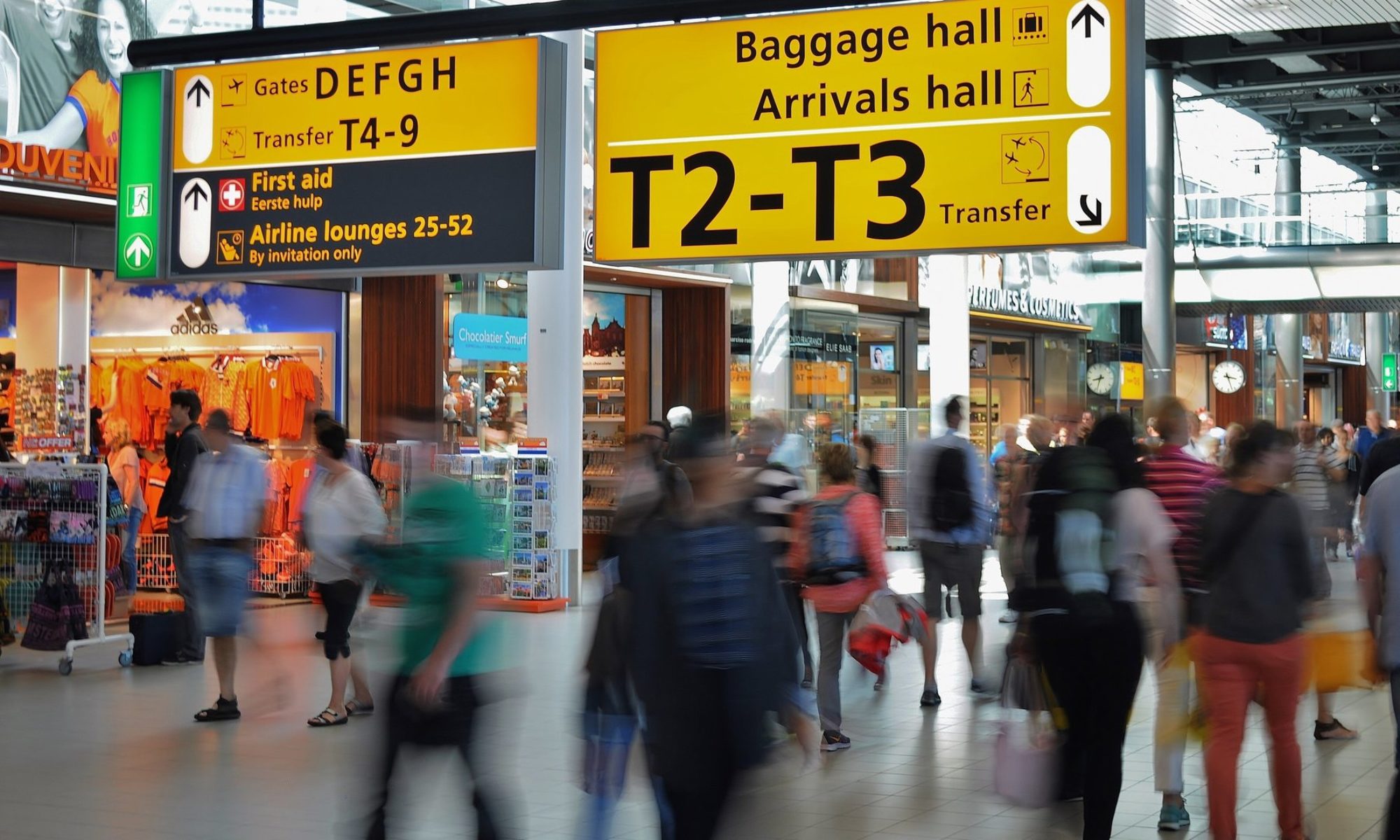 Según publica ACI Europe, cinco aeropuertos de la red de AENA se han situado en el top de los mejores aeropuertos por crecimiento de pasajeros durante el primer semestre (H1) del año 2.016 en comparación con el mismo periodo del pasado año.
Según publica ACI Europe, cinco aeropuertos de la red de AENA se han situado en el top de los mejores aeropuertos por crecimiento de pasajeros durante el primer semestre (H1) del año 2.016 en comparación con el mismo periodo del pasado año.
Nota de prensa de ACI Europe.
European airport trade body, ACI EUROPE today released its airport traffic report for June, Q2 and the first half of 2016. The report is the only air transport report, which includes all types of civil aviation passenger flights: full service, low cost and charter. It reveals that during the first half of this year, passenger traffic at Europe’s airports grew by an average +4.9%. More specifically, passenger traffic in the EU during H1 (the first half of the year) grew by a robust +6.2%. Growth dynamics varied between EU countries, with the core markets of France, Germany and Italy underperforming the EU average while Bulgaria, Cyprus, Denmark, Hungary, Ireland, Lithuania, Luxembourg, Malta, Portugal, Romania and Spain all achieved double digit growth. However, the pace of growth diminished between the first and the second quarter from +8.2% to +4.8%. This affected almost all EU markets – and especially Belgium in the wake of the Brussels terrorist attacks.

A large part of that growth was concentrated on secondary hubs & large to mid-sized airports, such as Berlin-Schonefeld (+39.4%), Cologne-Bonn (+19.8%), Bucharest (+16.5%), Dublin (+13.4%), Barcelona (+12.7%), Birmingham (+12.6%), Budapest (+11.9%) and Copenhagen (+10.9%). Meanwhile, among the Top 5 busiest EU airports, traffic growth at London-Heathrow, Paris CDG and Frankfurt stalled, while Amsterdam-Schiphol (+9.9%) and Madrid (+8.6%) reported impressive increases. This generally reflects the fact that Low Cost Carriers remain the main drivers of traffic expansion for EU airports, as well as airport capacity constraints.
SHIFT IN LEISURE MARKET BENEFITING SOME EU AIRPORTS EU airports serving leisure destinations also fared very well, benefitting from demand shifting away from North Africa and Turkey. This was the case in particular of Bourgas (+25.2%), Varna (+24.3%), Larnaca (+20.8%), Faro (+18.6%), Santorini (+17.9%), Ibiza (+17%), Alicante (+16.1%), Dubrovnik (+15.2%), Malaga (+14.6%), Funchal (+14%), Chania (+14.5%), Gran Canaria (+14.2%), Palma de Mallorca (+11.2%) and Malta (+10.2%).
NON-EU GROWTH TELLS A DIFFERENT STORY Conversely, passenger traffic in the non-EU bloc was almost flat at +0.5%, dragged down by significant losses in Turkey and Russia. These losses materialised in the second quarter, bringing down non-EU passenger traffic by -3.2%, and worsening in June to -6.9%. Meanwhile, Iceland reported unprecedented growth – with Keflavik airport seeing passenger traffic increasing by +34.3% – followed by FYROM, Moldova, Ukraine and Israel.
The airports which reported the highest increases in passenger traffic during H1 are as follows: GROUP 1: Dublin (+13.4%), Barcelona (+12.7%), Istanbul SAW (+12.0%), Copenhagen (+10.9%) and Amsterdam (+9.9%)
GROUP 2: Cologne-Bonn (+19.8%), Alicante (+16.1%), Malaga (+14.6%), Gran Canaria (+14.2%) and Birmingham (+12.6%)
GROUP 3: Berlin SXF (+39.4%), Larnaca (+20.8%), Faro (+18.5%), Ibiza (+17.0%) and Bucharest OTP (+16.5%)
GROUP 4: Oradea (+283.4%), Liege (+170.9%), Ostend (+127.5%), Iasi (+115.2%) and Ohrid (+82.7%)
Source: Media & Communications, ACI EUROPE

